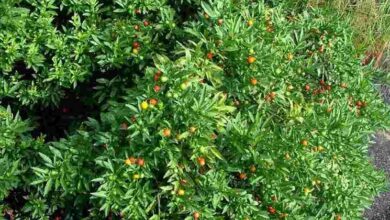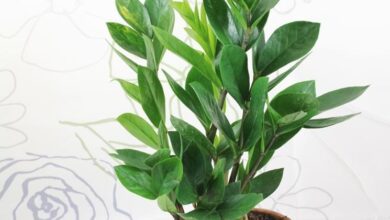Padre Pio plant
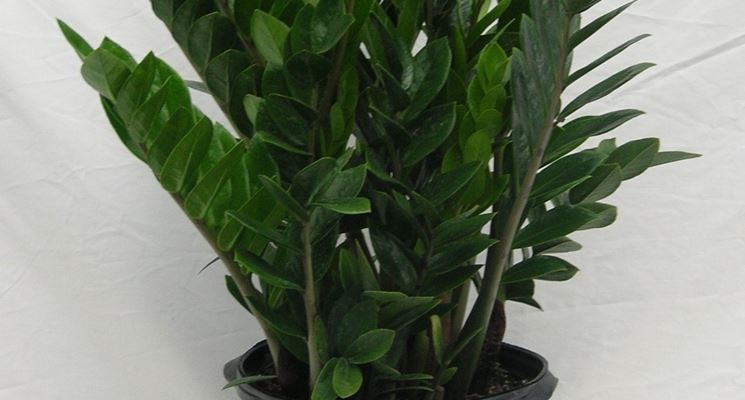
Plant of Padre Pio

Cultivation of the Padre Pio plant
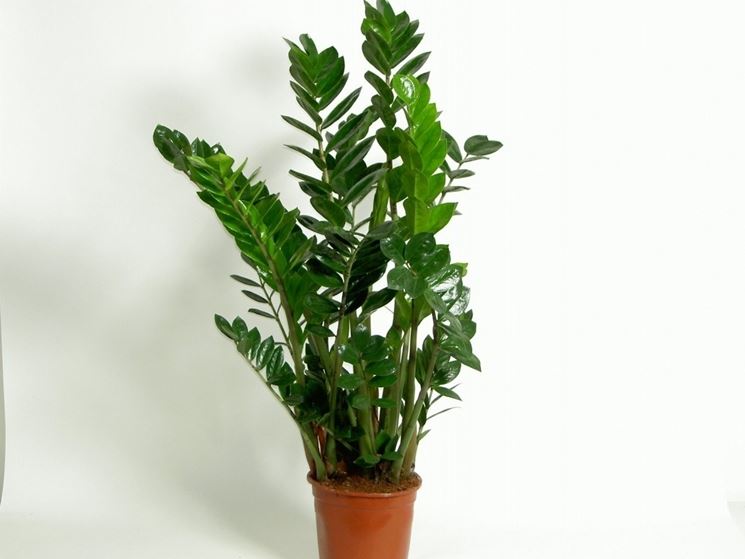
The Padre Pio plant needs positions that have a good brightness, but which are not directly in the presence of sunlight. The plant could be placed outdoors during the spring, but only in a semi-shaded area. In autumn it should then be repositioned in a sheltered place, since it suffers particularly from the cold. To prevent it from suffering the winter period it would be advisable to place it near a window or in a very bright area. Watering should have a regular frequency, about once every 10 days, without excesses that could cause dangerous stagnation of water. In the period between March and October it would be advisable to add fertilizer suitable for succulents once every 20 days.
Care of the Padre Pio plant
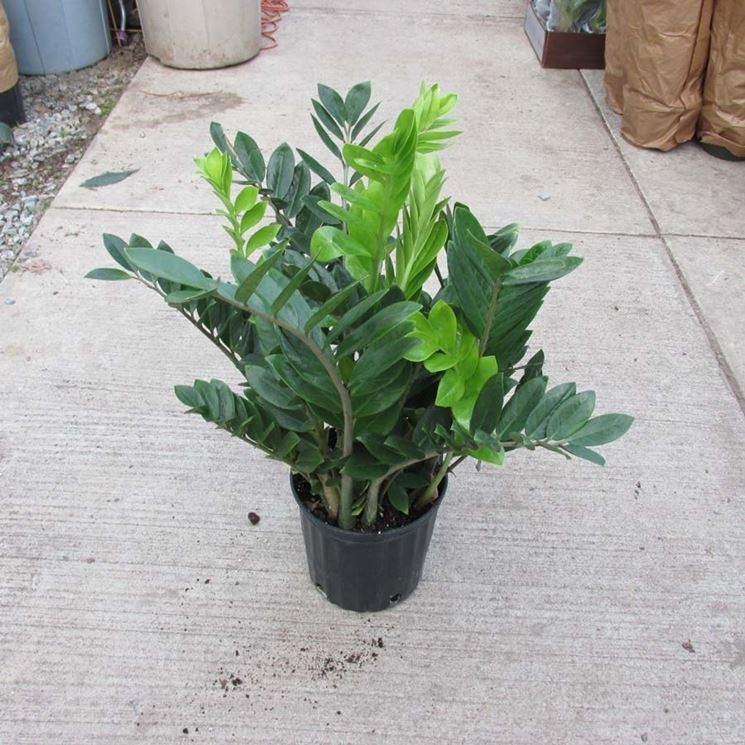
Zamioculcas zamilifolia particularly suffers from exposure to the sun’s rays which could even cause burns to the leaves. In the presence of little light the plant would have an excessively slowed growth. The Padre Pio plant does not withstand temperatures below 15 degrees, which, on the other hand, should be kept between 18 and 26 degrees. In the presence of higher temperatures the plant would show much faster growth. The soil of the Padre Pio plant must always be kept moist, to ensure adequate development of the plant. In case of stagnation of water, unfortunately, you could see the breaking of the rhizomes with very harmful consequences on the plant. In the event of a lack of irrigation, however, you could witness the fall of the leaves.
Padre Pio plant: Reproduction of the Padre Pio plant
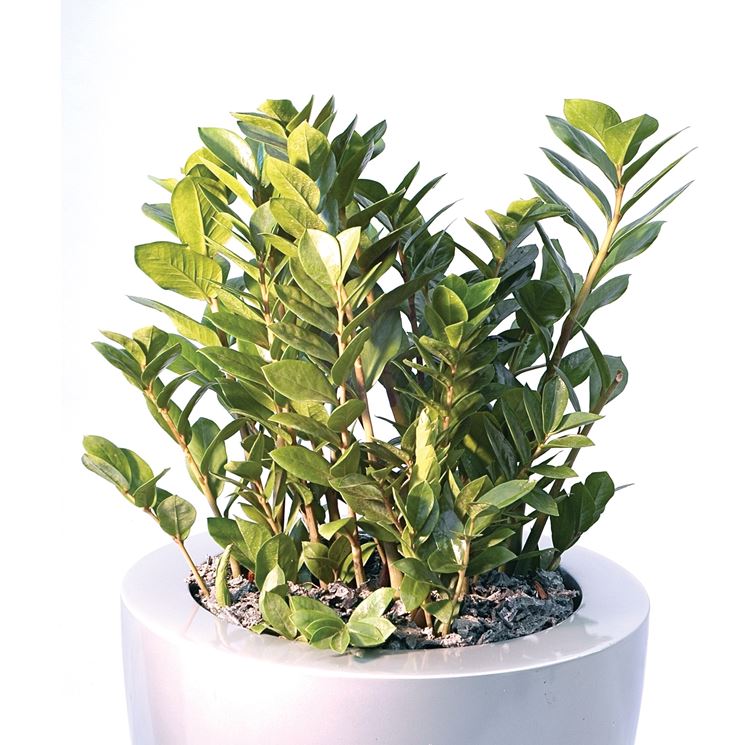
The Padre Pio plant does not require pruning, only the parts that are dry or damaged should be eliminated. The Zamioculcas could reproduce both by division and by cutting. The division is carried out by removing the rhizomes from adult plants and subsequently burying them. This operation is slow given the growth characteristics of the plant. The cutting is done by removing the leaves from the plant and burying them in a pot containing peat and sand. The pot should be placed in a lighted place and the soil should be kept moist. Once the new bulbs appear from the ground, you will have to wait until the following spring for the plants to develop. Zamioculcas is a plant that is particularly resistant to diseases and parasites.

